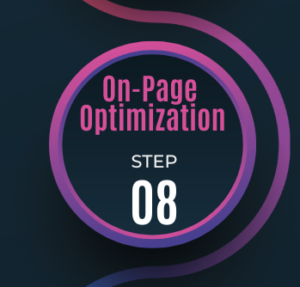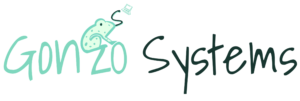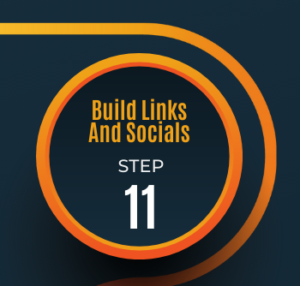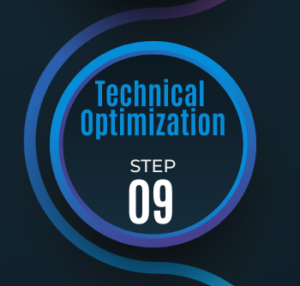
Steps of SEO: 8 On-Page Optimization
On-page optimization is crucial to improve website visibility. Focus on high-quality content, optimize HTML, and continuously monitor and adjust strategy for better performance.



On-page optimization is crucial to improve website visibility. Focus on high-quality content, optimize HTML, and continuously monitor and adjust strategy for better performance.

Building high-quality backlinks and engaging with your audience on social media are crucial for SEO success, and require creating valuable content and consistent effort.

Optimizing technical aspects of a website is crucial for SEO. Improving page speed, mobile-friendliness, implementing HTTPS, optimizing URLs and using structured data are essential techniques.